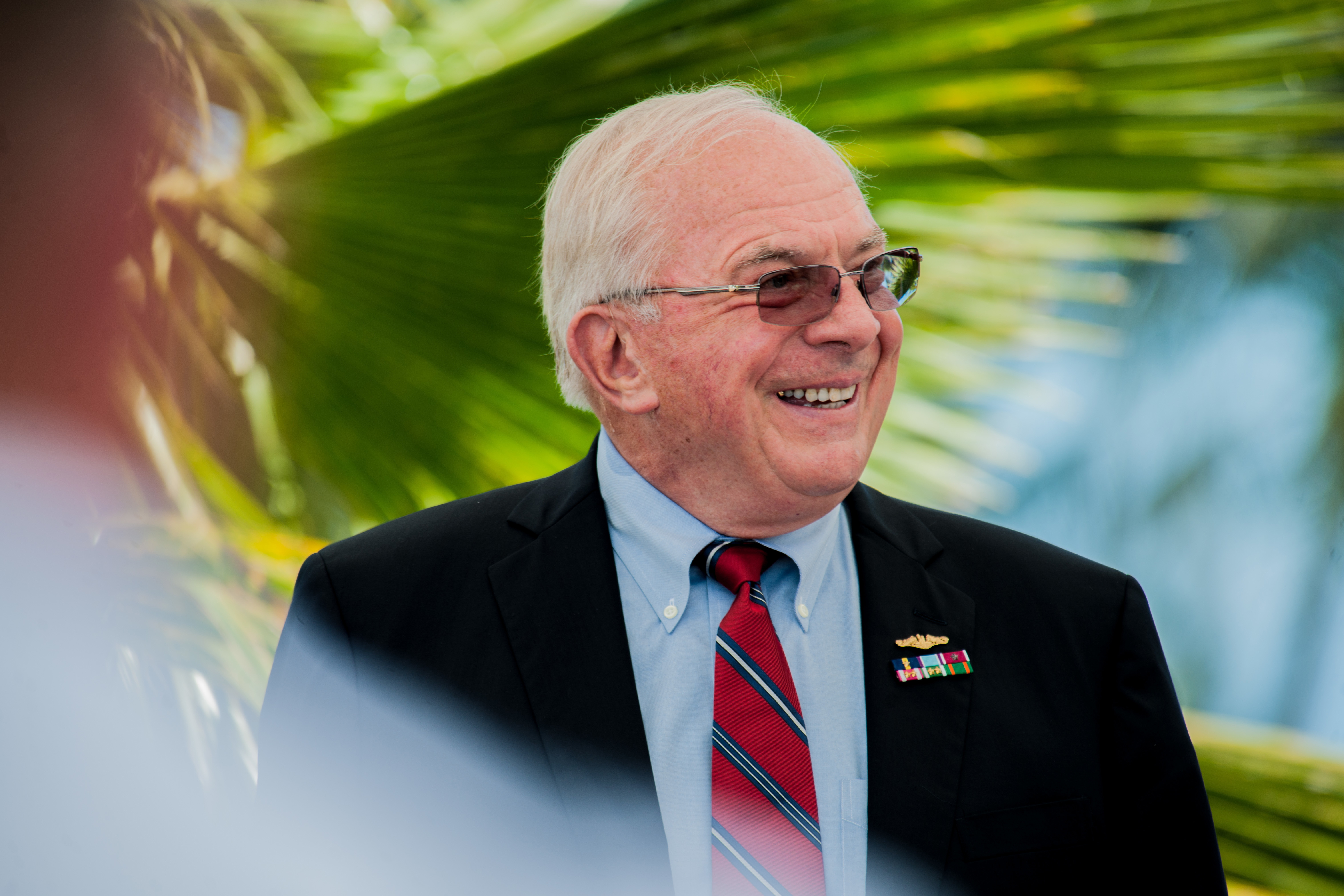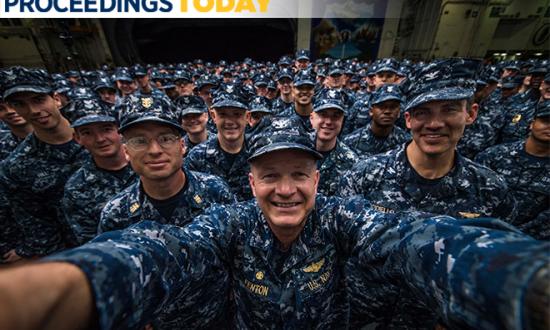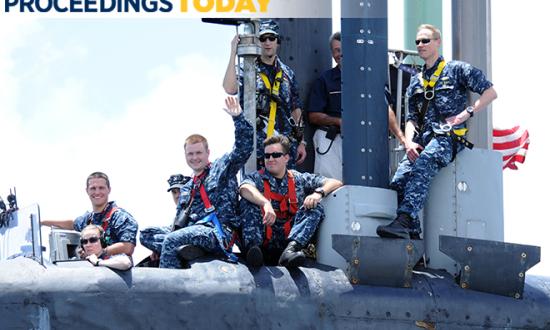Over the past two years, I have shared my thoughts on behaviors I have come to believe apply to successful individuals and define superb organizations. These behaviors provide organizations the energy to thrive and overcome obstacles.
Taken individually, however, the behaviors I have addressed—self-image, self-motivation, self-projection, self-control, self-discipline, self-esteem, optimism, self-direction, and self-awareness—provide only a partial profile of a great individual leader or organization. As single items, they do not capture what is truly desired in a superb leader or top-notch organization. What is missing is self-perspective, the ability to continually apply all the behaviors discussed.
Self-perspective demands that an individual or group continually ask one question: "Where do I fit in the grand scheme of things?" The answer will provide the glue to keep all desired behaviors at the forefront of our minds as we maneuver through life.
Often, individual behavior or leadership discussions remind me of attending church; listening to a great sermon; and promising to abide by the message—only to revert to former behaviors once the message fades. An honest understanding of where one stands in the world provides an opportunity to focus on what behaviors may need reevaluation or readjustment and subsequently allows an individual or organization to display continuous improvements across the board.
Simply put, an organization without a well understood self-perspective may perform admirably in several functional areas but will slip to weaker performance if anything is lacking in their treatment of personnel, enforcement of standards, or creation of paths for growth for each employee. The same rationale applies to our ships, submarines, and squadrons. Self- perspective provides a focus on all critical behaviors and permits continuous improvement to occur.
I've heard many successful commanders say their best day in command was the day they knew they did not need to be there! This is a result of a proper perspective. That is, the entire organization knows why they are employed and how their command fits in the National Defense Strategy. This overall perspective gives crew members the ability to support one another, providing our Navy a better fighting ship and our nation future leaders to serve in senior enlisted and officer billets.
Keep Charging Shipmates!
Editor’s Note: This is the final article in a series by Vice Admiral Konetzni on behaviors learned over his years of service that he believes not only apply to successful individuals but also define superb organizations.






